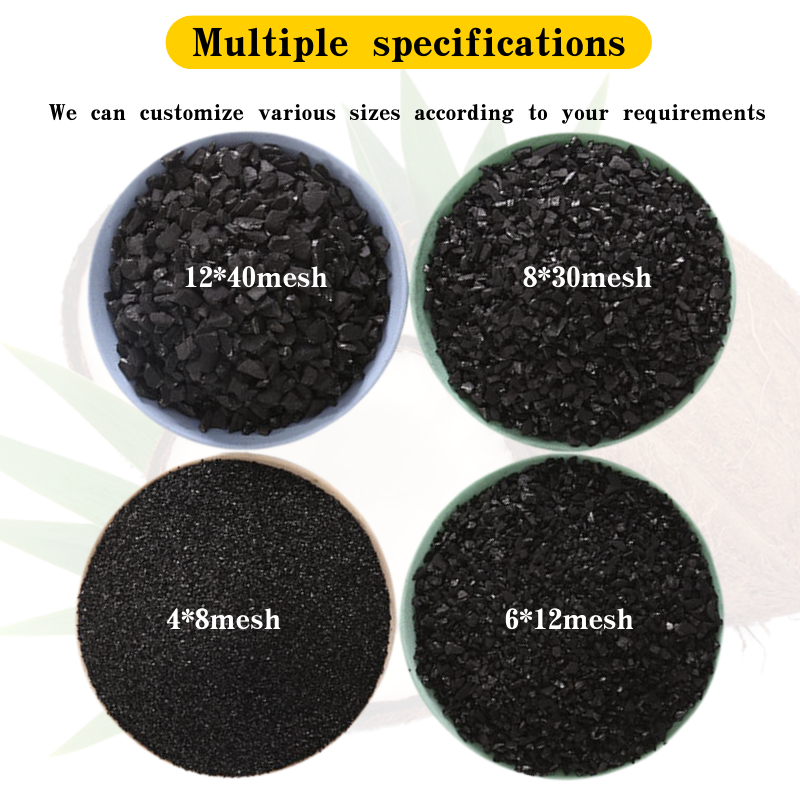
Applications and Benefits of Cast Iron Powder in Modern Manufacturing Industries
Understanding Cast Iron Powder Properties, Applications, and Benefits
Cast iron powder is a specialized material produced by the pulverization of cast iron scraps or ingots. With its unique characteristics, cast iron powder finds a wide range of applications across various industries, particularly in the fields of metallurgy, manufacturing, and construction. This article delves into the properties, benefits, and key applications of cast iron powder, shedding light on its significance in modern technology.
Properties of Cast Iron Powder
Cast iron is an alloy primarily composed of iron, carbon, and silicon. The powder form retains many of these attributes while also acquiring some additional properties that enhance its usability. One of the most important characteristics of cast iron powder is its high magnetic permeability, which makes it ideal for applications in electromagnetic devices. Furthermore, cast iron powder showcases excellent wear resistance, high thermal stability, and good fluidity, crucial for various manufacturing processes.
The material's particle size can vary, typically falling between 10 to 100 microns. The surface area of these particles influences their reactivity and strength when used in different applications. The morphology of the powder, which may include spherical or irregular shapes, can also impact the mechanical properties of the final products.
Benefits of Using Cast Iron Powder
One of the primary advantages of cast iron powder is its cost-effectiveness. The use of recycled cast iron not only reduces waste but also lowers production costs. Moreover, cast iron powder's excellent machinability means that it can be easily shaped into desired forms, improving the efficiency of production processes.
Another significant benefit is its performance under high temperatures. Cast iron powder demonstrates remarkable thermal stability, making it suitable for high-temperature environments. This quality is particularly beneficial in applications that involve heat, such as in the automotive and aerospace industries.
cast iron powder

Additionally, cast iron powder exhibits good corrosion resistance, ensuring the longevity of the products made from it
. This property makes it an excellent choice for components that are exposed to harsh environments, including those found in marine applications.Key Applications of Cast Iron Powder
The versatility of cast iron powder leads to its application in various industries. One of the most common uses is in the production of sintered parts. The powder metallurgy process allows manufacturers to produce high-strength components while minimizing waste material. Industries ranging from automotive to aerospace utilize sintered components due to their mechanical stability and lightweight properties.
Another significant application is in the production of magnetic materials. Cast iron powder can be used to create soft magnetic components like transformers and inductors. The high magnetic permeability of the powder enables efficient electromagnetic performance, contributing to the advancement of electronic devices.
In the construction sector, cast iron powder is often used as a filler material or additive in concrete mixtures. Its unique properties help enhance the mechanical strength and durability of concrete, leading to longer-lasting structures.
Furthermore, cast iron powder has a role in the fabrication of coatings and surface treatments. Its wear-resistant nature can improve the surface hardness of coated components, thereby extending their operational life.
Conclusion
In conclusion, cast iron powder is a material with numerous beneficial properties that meet the demands of various industrial applications. Its cost-effectiveness, thermal stability, magnetic properties, and wear resistance make it a popular choice among manufacturers. As industries continue to innovate, the use of cast iron powder is likely to expand further, showcasing its potential to contribute to various technological advancements. Whether in the automotive, aerospace, or construction sectors, cast iron powder is undoubtedly a cornerstone in modern manufacturing practices.
Share
-
Natural Premium Bentonite Cat Litter - Superior ClumpingNewsJul.31,2025
-
Premium Resin Coated Sand - High Heat Resistance CastingNewsJul.31,2025
-
High Quality Silicon Carbide Grit for Abrasive ApplicationsNewsJul.30,2025
-
High-Quality Ceramsite for Plants & Gardening | Lightweight PebblesNewsJul.29,2025
-
Premium Burgundy Glass Marbles for Vases & Shooter GamesNewsJul.29,2025
-
High Purity Quartz Sand for Industrial and Ground ApplicationsNewsJul.29,2025






